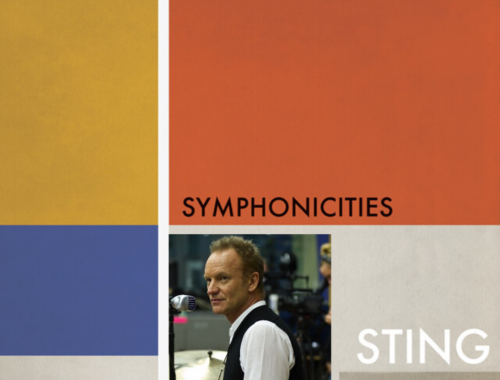TUESDAY 1ST JUNE 2010 BIZET “THE PEARL FISHERS”
English National Opera
For all its singable tunes, lusty choruses, and that duet, Bizet’s The Pearl Fishers belongs on the cheese counter of operatic drama. To be frank, there’s not an awful lot you can do with it, theatrically speaking, that Penny Woolcock and her designers, Dick Bird (sets) and Fifty-Nine Productions (video) haven’t done here at English National Opera to help deliver the tourist Far East pot-boiler from page to stage. Woolcock has even introduced a couple of tourists to wander aimlessly through Bird’s teeming ocean-side shanty town, photographing the natives and probably wondering why they didn’t stick to Bali this year. It’s the “Slumdog” treatment, if you like, and whilst the squalor doesn’t for one moment amount to much more than operatic window-dressing it makes a welcome change from the diaphanous prettiness we have come to expect from stagings of the piece.
Woolcock does at least recognise that the sea is as much the main protagonist here as it is in Peter Grimes and she and her visual team have devised some strikingly beautiful stage effects to convey its omnipresence. As Bizet’s wafting prelude spirits us tunefully but not so mysteriously to our exotic location Woolcock adds an extra dimension to the music establishing watery depths through which three aerialists plunge and swim with astonishingly convincing grace and athleticism. Great sheets of silk later emulate the becalmed surface billowing in the inky moonlight as pearl fishers surface and dive again for their precious trade. The incoming storm brings great swells of movement – the oldest “special effect” in theatre rendered new and dramatic.
Dick Bird’s telegraph pole strewn shanty town is arresting to the eye, too, not least when the claustrophobic clusters of wharf-side dwellings part to reveal an entire hillside of twinkling lights – a kind of human anthill. But these visual gestures are as close as we get to real drama – though Rory Macdonald in the pit drives Bizet’s score with impulsive ardour firing up the rabble-rousing choruses and fervent hymns of praise to the god Brahma. The ENO chorus seizes its moments in the limelight. But the brutal truth is that this hoary tale of two men, firm friends, in love with the same priestess is not afforded the musical wherewithal to penetrate much beneath a decorative surface. I wonder if Bizet knew he was in trouble when he summoned up his greatest hit so early in the first act?
Quinn Kelsey (Zurga) and Alfie Boe (Nadir) don’t short-change us with the number, Boe wacking out the top line with a new-found openness and edge to his sound. No question that this bantam-weight lyric voice is growing and darkening quite dramatically though paradoxically I’d like to have heard a little more of the old operetta “enticement” in the phrasing of the aria where he is lost in the rapture of his memories for Leila. But one thing you always get with Alfie Boe, vocally and physically, is truth and honesty. Quinn Kelsey gave us that, too, though with far more reliance on what is undoubtedly a resoundingly fine instrument.
Hanan Alattar (Leila) had a lot to live up to and in a house this size was, I’m afraid, overt-parted in terms of vocal presence and bloom. She spun the arabesques and trills of her high coloratura prettily enough but not everything landed and the sound, often shallow and tremulous, tended to come and go.
Woolcock’s tourists did not hang around, either; perhaps, like us, they realised that Bizet offered a better deal in Spain.
You May Also Like

COMPARING NOTES: Jenna Russell in conversation
08/12/2020
A Conversation With STING: Symphonicities
02/02/2012